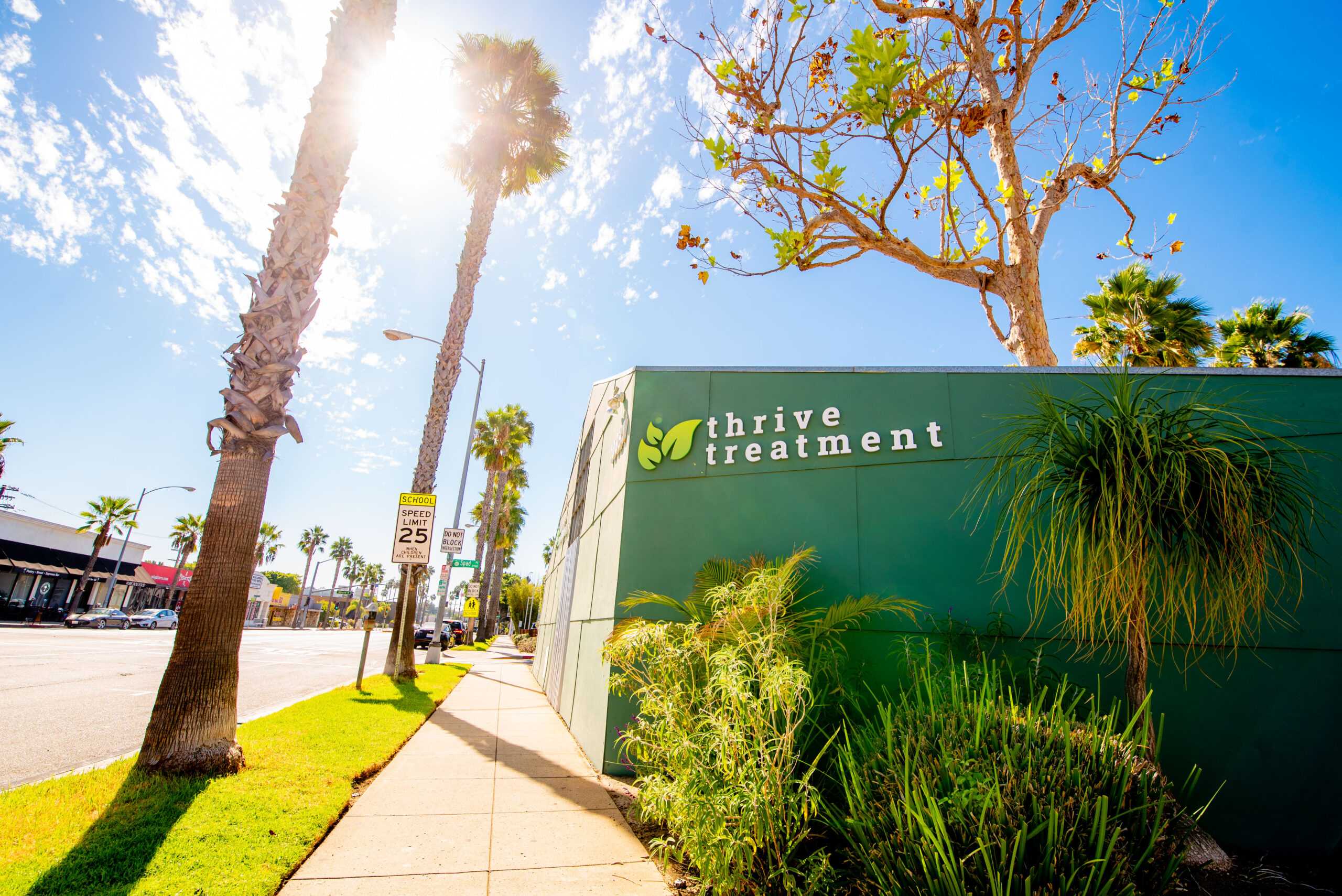Experiencing anxiety in life is inevitable. But it’s not all bad. Anxiety is a survival skill. In fact, anxiety played an important role in ancient humans. Thousands of years ago, when Homo Sapiens inhabited the earth, anxiety was used when taking action during immediate danger and problems. For example, a lion may appear in the plains and anxiety would be used to run and find safety.
Today, anxiety is still used as a tool. It can help motivate you to accomplish your assignments, to work hard, and to be cautious in various environments.
However, anxiety and anxiety disorder are different things. Anxiety disorder involves excessive worrying and fears that are intense, may last for long periods of time, and is impairing to areas of life.
Although there are different types of anxiety disorders with specific symptoms, they all have these same general symptoms, which include panic, fear or uneasiness, sleeping difficulties, difficulty staying still, cold, sweaty and numb extremities, trouble breathing, heart murmurs, stomach discomfort, muscle tension and dizziness.
There isn’t one initial cause for anxiety disorder. In reality, it’s more of a combination of biological dispositions/ genetic makeup and trauma/ environmental stress.
The five major types of anxiety disorders include generalized anxiety disorder, obsessive-compulsive disorder, panic disorder, post-traumatic stress disorder, and social phobia. Although these mental illnesses are similar and all fall under the anxiety disorder umbrella, they do have differences in treatments and symptoms.
Although anxiety disorder can affect anyone, women and non-Hispanic whites are more likely to experience this mental illness.
Anxiety disorders are the most common mental illnesses in the U.S. but less than 43% actually seek treatment. There are many reasons as to why people with anxiety disorder do not seek treatment. For example, mental health stigma can contribute to not seeking treatment out of shame or embarrassment. Another reason being that many people with anxiety disorder may lack insight, awareness or the tools to seek treatment.

It’s not uncommon for those with substance abuse problems to also suffer from one or more psychiatric disorders, like anxiety disorder. Many studies show that those diagnosed with either substance abuse or anxiety disorder are at an increased risk for developing the other. Both illnesses work together to exacerbate the illnesses symptoms.
Fortunately, anxiety disorder and substance abuse is treatable with psychotherapy, medication, mindfulness and overall health!
I’ve personally struggled with anxiety disorder and substance abuse since before I can remember. It wasn’t until I began treatment for an eating disorder ten years ago, that I realized how long I had been struggling and how I didn’t see it because it was my norm. This made me realize how possible it is for those with anxiety disorder to go their whole lives without seeking treatment, even if they experience impairments.
It was terrifying seeking treatment for many reasons. For one, I was young and not many people my age around me were openly struggling with addiction and mental illness. Two, my family and the culture I grew up in reinforced a mental health stigma, making it shameful for me to be vulnerable and ask for help. Three, treatment is expensive. By the time I was nineteen, I was working three jobs to help pay for individual therapy, eating disorder anonymous meetings, nutritionists, group therapy, etc. Although, I had barriers to recovery, I did have enough support and privilege to keep me going.
Along my recovery I was diagnosed with OCD, panic disorder and generalized anxiety disorder. Once I began taking medication, educating myself more on these illnesses, exercising, while still going to various forms of therapy, I felt my recovery reached a new level of redemption.
I still struggle and still have anxiety disorder symptoms and still have eating disorder tendencies, but my recovery is the most important thing to me and being on this path feels so much more cathartic and meaningful than being imprisoned by unhealthy habits.
Thrive Treatment℠s Intensive Outpatient programs can make it possible for you to succeed, no matter what barriers may be present. They have a strong emphasis on affordable recovery because everyone deserves to recover and to receive the upmost care. At Thrive, staff work to empower individuals to become their own recovery advocates and give you the tools necessary build a successful and personalized road to recovery.





